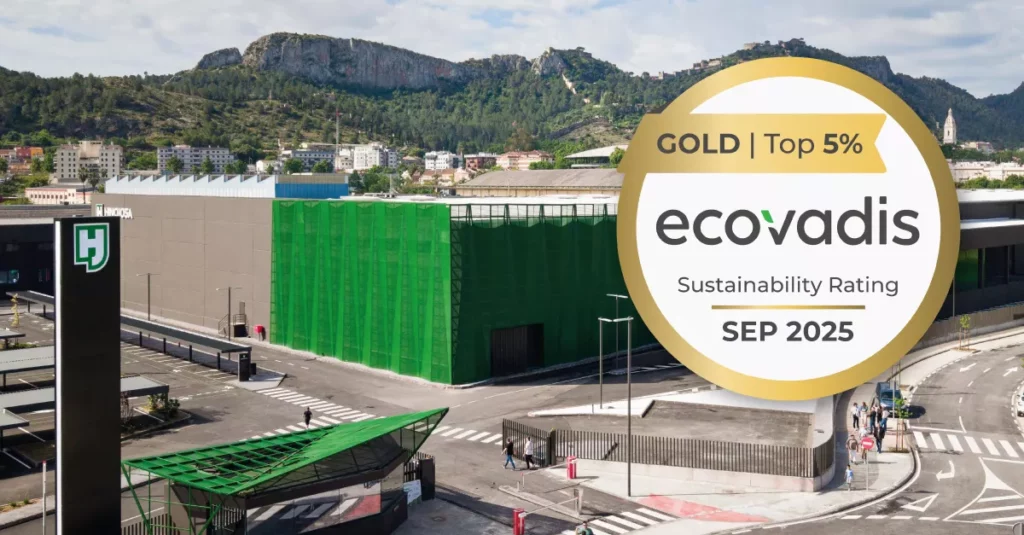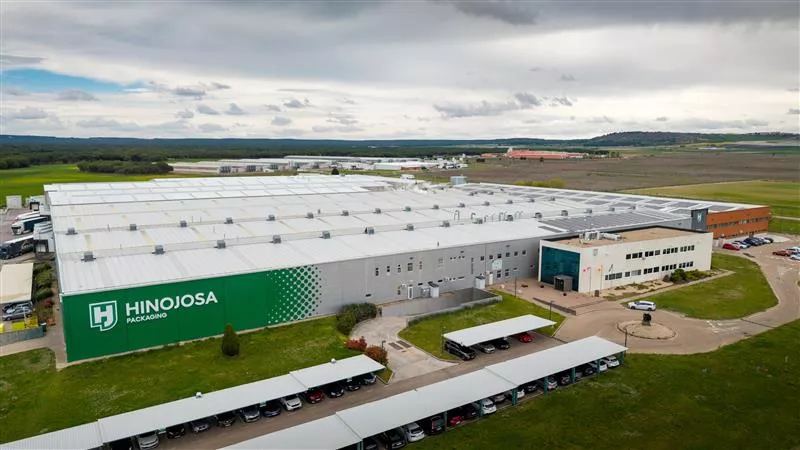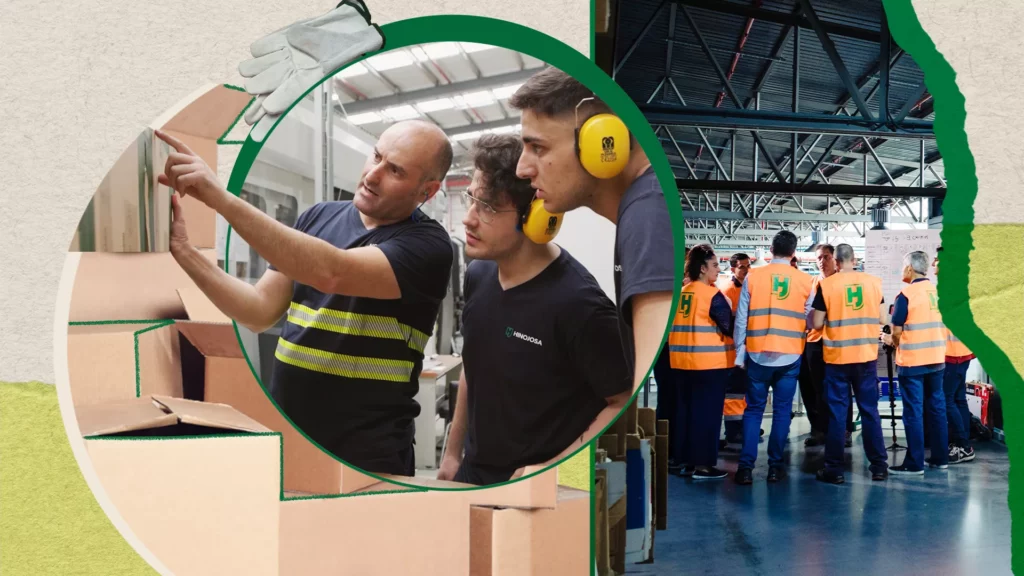There are unscientific, yet equally damaging and misleading claims about the effects of this strategic sector, which accounts for up to 4.5% of national GDP. Against this backdrop, it is increasingly important to turn to the exactitude of the data and experts so as to understand which sectors are truly conducive to better care for the planet and the people who inhabit it.
In this regard, Aspapel, the Spanish Association of pulp, paper and board manufacturers, to which Hinojosa Packaging Group belongs, has been insisting for years on raising awareness of this issue. Corporate transparency on sustainability is, on the one hand, an essential factor in explaining how industry impacts on our daily lives. But, beyond the individual company basis, the paper industry can look at the facts and, with those facts in hand, debunk some of the myths that have taken hold in society. Here are some of the most talked about myths now proven to be false.
- “Paper manufacturing leads to deforestation”. In the same vein, paper manufacturing is blamed for deforestation. The reality is quite different, as ASPAPEL points out: Paper forests are planted on land that used to be wasteland. They account for 3% of the forest area. That is, the more paper, the more trees. Furthermore, no hardwood from exotic tropical species, oak, beech or holm oak is used to make paper. Instead, it uses wood from fast-growing species such as pine and eucalyptus, which are grown for this purpose in renewable forest plantations that are continually regenerating.
- “Plantations are bad for the environment”. This claim is false, so much so that, according to experts, they cause the opposite: Paper plantations are major CO2 sinks and help to curb climate change. At the same time, there are certifications and controls of the activity. Sustainable management is guaranteed by the FSC and PEFC forestry certification systems. At Hinojosa Packaging Group we work with paper with certifications such as these.
- “Paper manufacturing wastes water and energy, and pollutes”. In parts, the data disprove these myths one by one. Firstly, in the paper process, water is used, not consumed: only 5-10% of the water used is consumed and the rest is returned treated. Secondly, energy efficiency is a priority for the sector, with 33% biomass, 66% natural gas and only 1% other. Moreover, not only does it not pollute, it also promotes circularity. 79% of the waste is recovered as energy, agricultural use or raw material. In the case of Hinojosa Packaging Group, this valuation exceeds 95%.
- “Paper is not an innovative industry”. Innovation has been a fundamental part of the paper industry’s operations for years. It is, in fact, at the forefront of the 4.0 technological revolution. It is a key player in the new bioeconomy with the manufacture of low-carbon, renewable and recyclable natural products. The commitment is clear within the sector and for Hinojosa, where innovation forms a direct part of the company’s Strategic Plan.
- “Paper is a product doomed to disappear”. This is a long way from happening. What’s more, the sector will take centre stage in the coming years and paper, with its environmental benefits and versatility, is replacing other materials. It is a natural alternative. In terms of consumption, according to ASPAPEL, 83% of consumers cannot imagine their life without paper and are mostly (87%) open to using new paper products. Experts estimate that, in the very near future, the paper value chain will manufacture a whole new generation of wood fibre bioproducts for clothing, cosmetics, paints, insulation, composites and others.
- “A digital, paperless world is kinder to the environment”. Paper, in addition to being renewable and biodegradable, has a better environmental performance in terms of emissions and recycling than digital technologies. Studies tell us that the environmental impact, on a scale of 1 to 5, would leave electronic devices at 3.85 and paper at 2.75. To illustrate the impact, the production of all the paper that a Spaniard consumes per year produces less CO2 emissions than a single car journey between Madrid and Santander.
- “Packaging should disappear”. Paper and board packaging is synonymous with sustainability, protection, safety, security and image. Packaging itself improves the quality of life for the consumer, but also for the planet with the right materials. In terms of sustainability, they are natural, renewable, recyclable and recycled, biodegradable and compostable. They are also an excellent communication and marketing platform for companies.
- “Recycling is useless”. Recycling wastepaper several times over optimises the use of a natural and renewable resource such as cellulose fibre. In short, cellulose fibre comes from plantations of fast-growing species that are cultivated for this purpose and would not otherwise exist, so it is not true that recycling paper saves trees. At Hinojosa we are, moreover, circular natives. The recycled paper we produce is used to make sustainable packaging in our packaging plants. Once used by the end consumer, they are deposited in the blue bin and returned to our paper mills.
We thank ASPAPEL for collecting all this information from official, scientific and contrasted sources that dismantle unfortunately deep-rooted myths. In this way, with objective data, we can change the social perception of a sector whose economic, social and ecological impact is beyond doubt.



